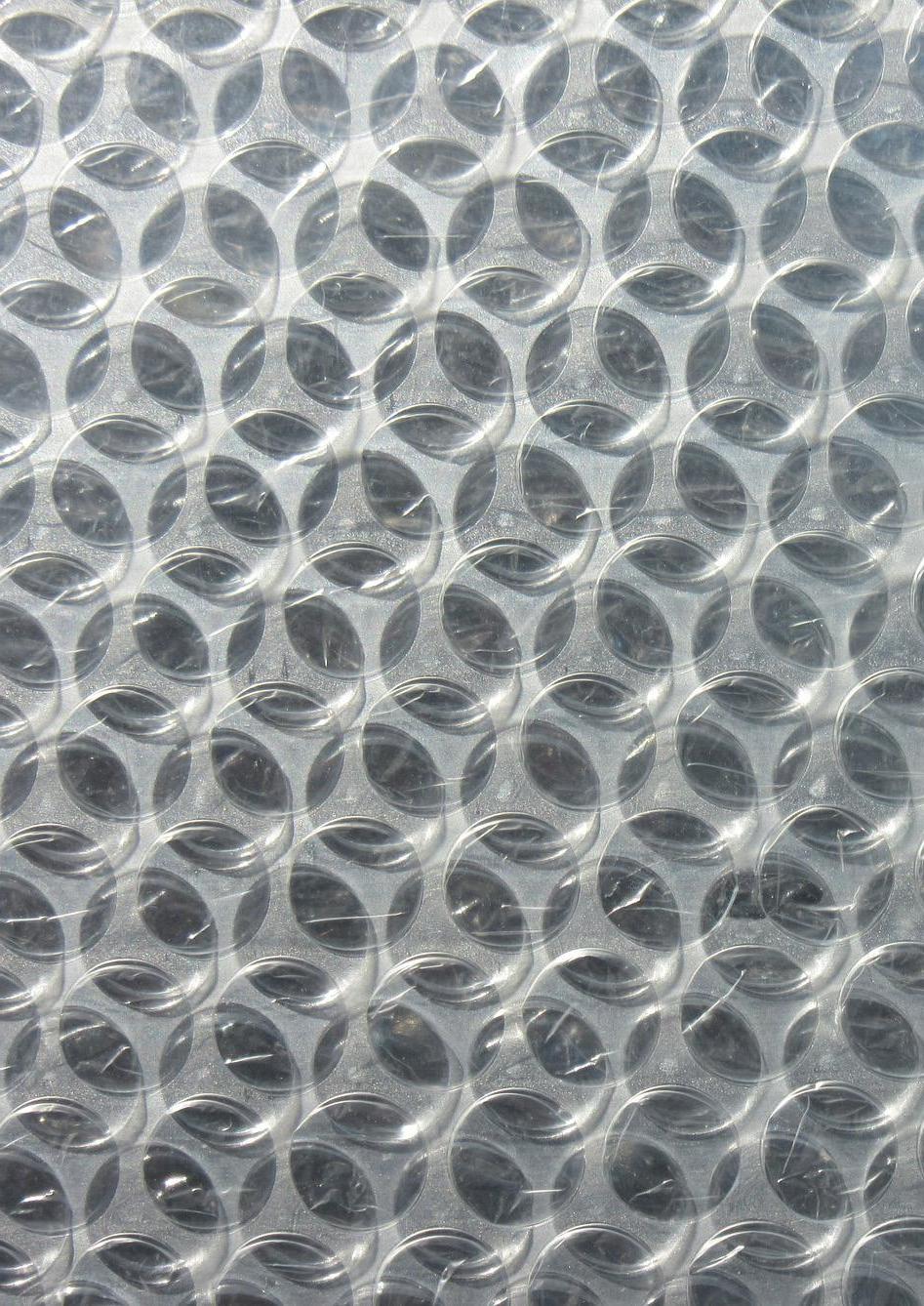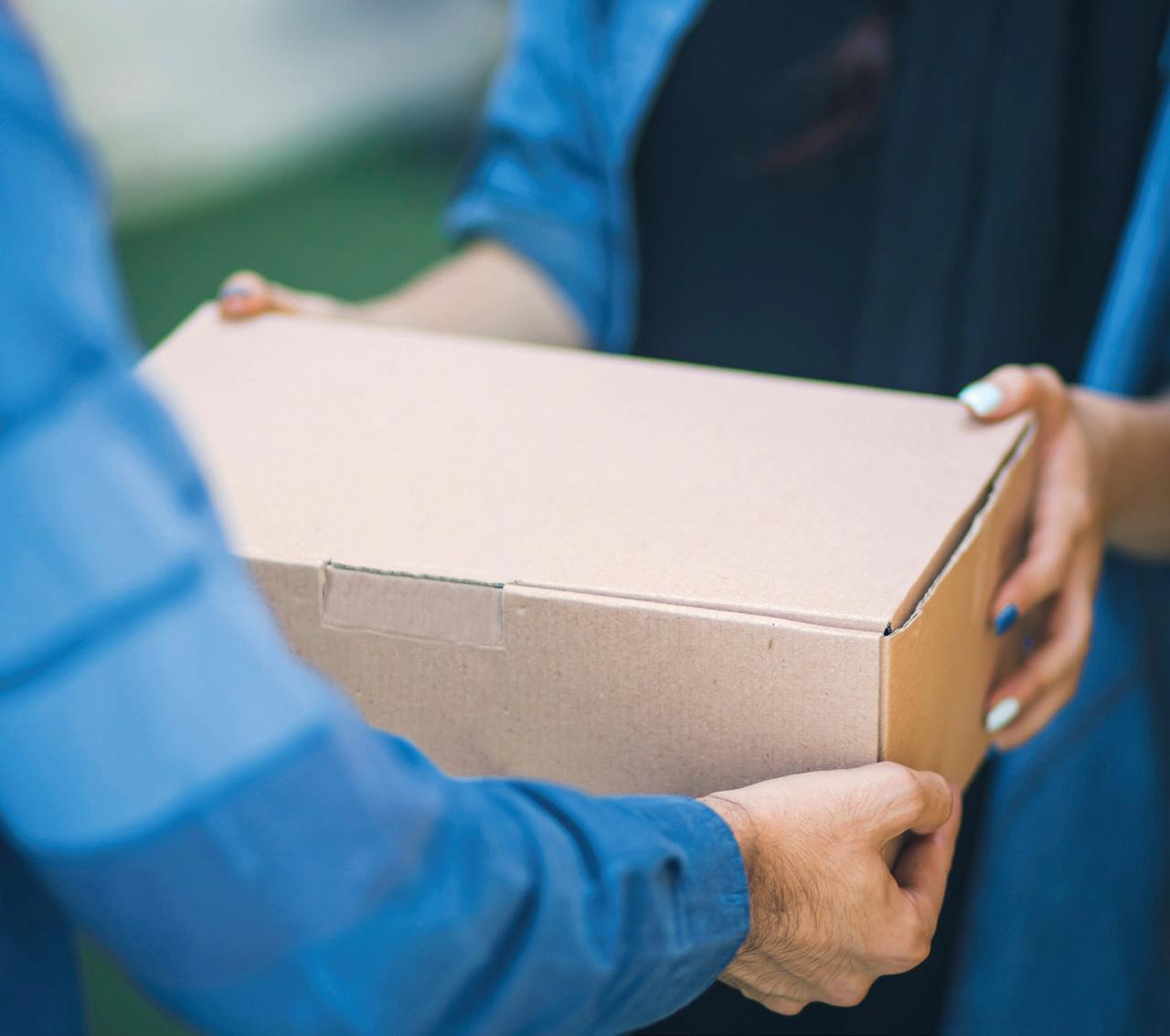
4 minute read
10 eco-friendly alternatives to bubble wrap
Bubble wrap is one of the most common types of protective packaging in fulfilment, working to cushion items while enjoying the benefits of being lightweight and transparent. However, the shift towards more eco-friendly retail has led many retailers to consider different methods of packaging, opting for more easily recyclable and reusable alternatives.
Contributor: Holly Worthington
Advertisement

It can be incredibly time-consuming to research new packaging, so this list should give you plenty of inspiration, helping to find the perfect option to fit in with your sustainable initiatives and cater to changing consumer demands.

1. Paper and cardboard Paper and cardboard are eco-friendly, reusable and recyclable, being used to protect items in transit. These affordable alternatives are often found, as they can be made from scrap paper and cardboard, being used, reused and recycled after use, making sure it does not go to waste. Typically, cardboard is used to protect more fragile items, while paper packaging often works to protect less breakable products.
2. Cornstarch Cornstarch is both organic and biodegradable, working in a similar way to plastic to protect products. This is often used in long-distance shipping as it is both cost-effective, easy to find, toxin-free and its creation produces low levels of emissions.
3. Air pillows These work to fill spaces in any container, cushioning breakable products brilliantly. Air pillows come in numerous sizes, being inflated before use. These are a cost-effective and lightweight solution in comparison to many other forms of packaging, as well as being biodegradable, recyclable and reusable. It is worth ensuring that the air pillows you choose are biodegradable, as there are non-biodegradable options available as well.
4. Air peanuts Biodegradable air peanuts are lightweight and breathable, working to fill containers and protect the products inside. These are well-suited to businesses with low packaging budgets, also being reusable until they biodegrade, returning to organic matter that can be repurposed.
5. Biodegradable plastics Those who still require plastic packaging are able to invest in biodegradable plastics. This is particularly suitable for products that must stay dry, working to protect items until they decompose after exposure to sunlight, typically taking around two years for this process to occur. This option can be reasonably expensive due to the chemicals that are required to make the plastics decompose.
6. Newspapers Many independent retailers are impressing their customers by using shredded newspaper or wrapping products in newspaper to protect them. When packaged correctly, newspapers can offer fantastic protection from breakages. One of the great benefits of using newspaper packaging is that it is easy to find, with many convenience stores being happy to donate old newspapers and neighbours often delighted to give them away.
7. Mushroom packaging Mushroom packaging is made using cleaned and dried mushroom roots, also being combined with agricultural materials such as cotton in some cases. This can be a great, eco-friendly packaging option for small items, as there are no harmful
emissions made in its creation, simply being made through drying. One of the disadvantages of mushroom packaging is that it doesn’t last for as long as many other alternatives, degrading quickly, meaning it is best suited for local deliveries and can then be composted.
8. Seaweed packaging This is another eco-friendly type of packaging, often used to package food products as well as other items. Benefits of this include being easy to source, cheap to produce and degrading easily.
9. Palm fibre Palm fibre is soft, making it a great option for the packaging of fragile items. It requires no chemicals to produce it, decomposes into organic matter after use, is easy to source and is lightweight. It can be formed into moulds that are designed to hold products in place, making it a great choice for long distance shipping. 10. Magazines Using magazines to package products is a cost-effective way to keep products safe in transit. Typically, this is done by shredding biodegradable magazines, meaning they protect items throughout shipping and can then decompose quickly. To make shredded magazines look as attractive as possible, they should be shredded into equal sized strips, as well as being a suitable length for the box or container they are filling. Next steps: These 10 eco-friendly alternatives to bubble wrap can help you to make a difference, while also cutting costs in many cases. The next step is to begin researching the pros and cons of each suitable one, taking time to speak to suppliers. Be sure to check how eco-friendly each supplier’s products are, as some may appear identical to others, but might not degrade as well, or may have less eco-friendly production processes. The next step is to place an order and tell consumers all about your new eco-friendly packaging. Share your message and explain the benefits, creating a sense of pride while promoting the fact that consumers are supporting a business that is working to be as eco-friendly as possible.









